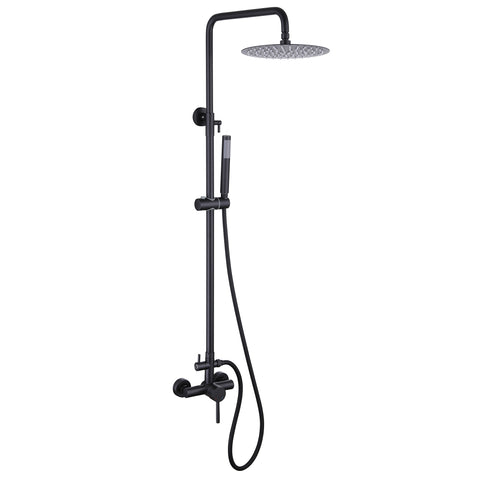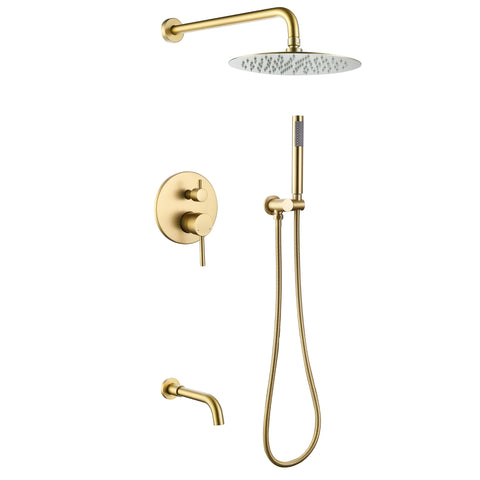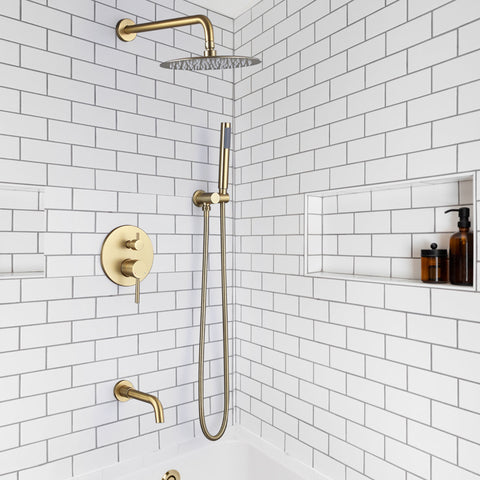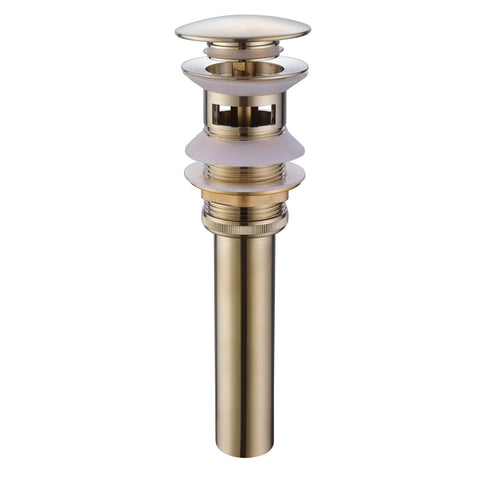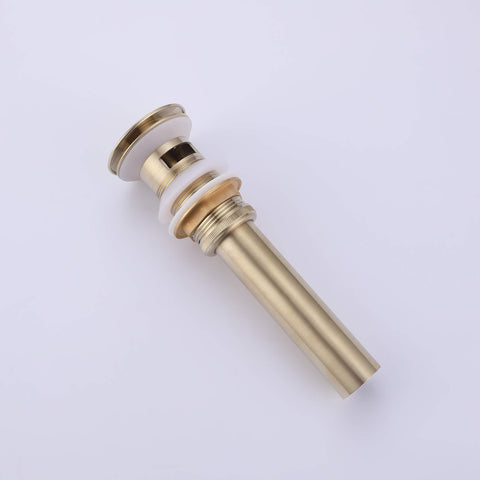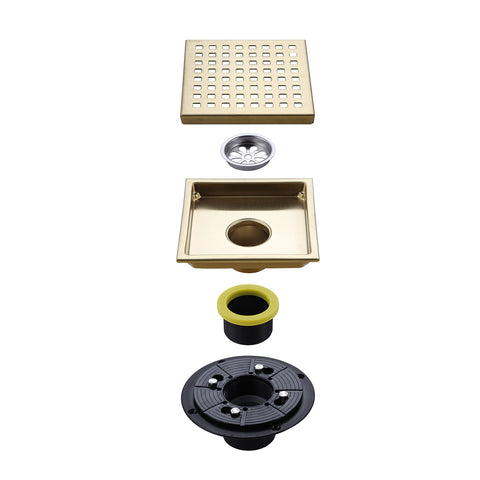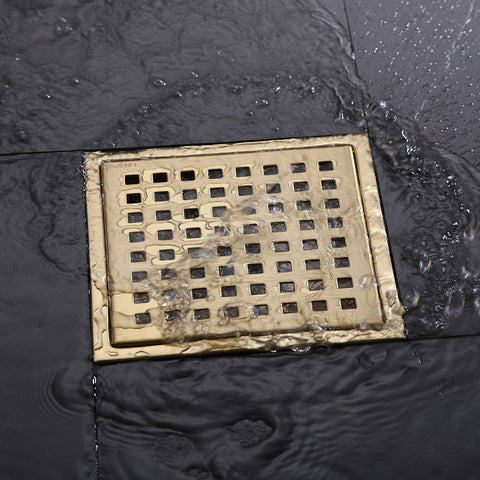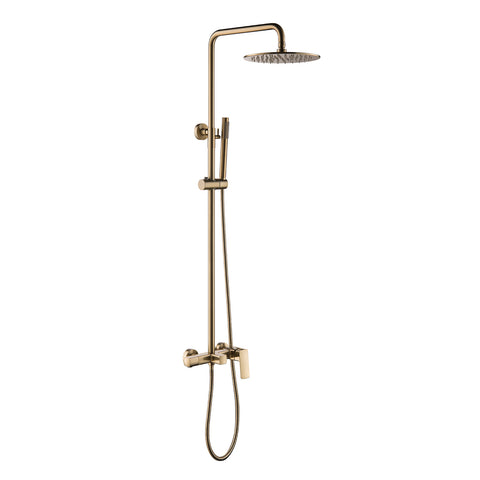How to Install a Pop-Up Sink Drain with Overflow?
Installing a pop-up sink drain with an overflow enhances the efficiency of your bathroom or kitchen sink by ensuring effective drainage and preventing overflow spills. Whether you’re replacing an old drain or installing a new one, this step-by-step guide will help you complete the project with confidence.
Tools and Materials Needed
- Pop-up sink drain with overflow
- Adjustable wrench
- Plumber’s putty or silicone sealant
- Pipe wrench or channel lock pliers
- Bucket or towel to catch water
- Plumber’s tape
- Screwdriver
Step-by-Step Installation Guide
Step 1: Remove the Old Drain
Place a bucket under the sink to catch residual water. Use an adjustable wrench to loosen the slip nuts and disconnect the drain pipe. Unscrew the old drain flange from the sink and remove any remaining components.
Step 2: Prepare the New Drain
Disassemble the new pop-up drain. Apply a thin layer of plumber’s putty or silicone sealant to the underside of the drain flange to create a watertight seal.
Step 3: Insert the Drain into the Sink
Insert the drain body through the sink’s drain hole from above. From underneath, slide on the gasket and washer, then secure with the locking nut. Tighten the nut with a wrench—avoid overtightening.
Step 4: Connect the Overflow Hole
If your sink has an overflow, align the drain’s overflow opening with the sink’s overflow channel. Tighten the overflow screw if provided to secure the connection.
Step 5: Attach the Tailpiece and P-Trap
Connect the tailpiece to the drain body with a slip nut, then reconnect the P-trap to the tailpiece and wall drain. Apply plumber’s tape to threaded connections to prevent leaks.
Step 6: Install the Pop-Up Mechanism
Insert the pop-up stopper into the drain opening. From underneath, attach the pivot rod to the drain body with the retaining nut. Connect the lift rod to the pivot rod using the adjustment clip. Test the pop-up function to ensure smooth operation.
Step 7: Test for Leaks
Turn on the faucet and let water run into the sink. Check for leaks around the drain flange, tailpiece, and P-trap. Tighten connections if necessary. Allow plumber’s putty to set before exposing it to heavy water flow.
Conclusion
Installing a pop-up sink drain with overflow improves drainage efficiency and helps prevent messy overflows. With the right tools and careful attention to each step, this DIY project can be completed quickly and effectively. If you encounter persistent leaks, consider reapplying plumber’s putty or consulting a professional plumber.
